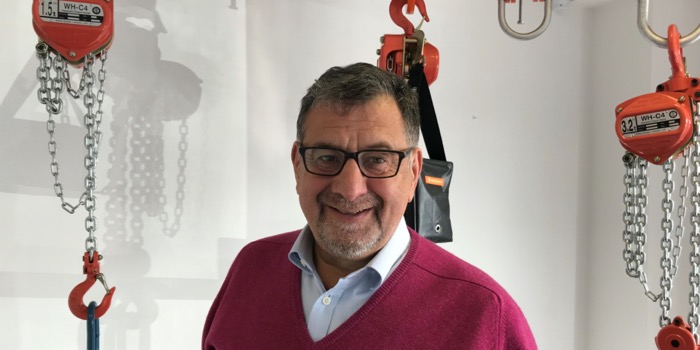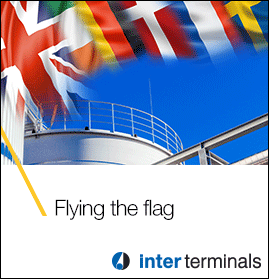A new generation of lever hoists has been launched, offering the highest levels of safety and performance with the world’s first quad pawl mechanism.
William Hackett has taken a major step forward with the launch of SSL5, incorporating its patented quad pawl (QP) mechanism – positioned as the safest and most efficient offshore and subsea lever hoist in the world.
“It’s a piece of engineering innovation that will transform safety levels globally when lifting offshore and in subsea operations using lever hoists,” says Ben Burgess, Director at William Hackett. “We’ve designed this hoist to provide the highest level of safety, with increased levels of redundancy and resilience to failure. Its QP offset load bearing mechanism is the best in the market, and it offers enhanced operating performance compared to twin pawl products.”
The patented QP mechanism synchronises a set of four pawls which constantly work together to minimise the time and distance travelled to the next point of engagement. “It overcomes jamming and unintended malfunctions that can be experienced when using other simpler first generation products,” says Burgess. “This helps to minimise project downtime or costly delays to work scopes, providing total peace of mind for operators and marine contractors.”
SSL5 also overcomes the current industry-norm of single use immersion hoists. Burgess highlights: “Big savings are achievable with this device. The capability of the SSL5 to be immersed multiple times means it can significantly reduce capital investment on new hoists per mobilisation by up to 80 per cent.”
Customer controlled field trials reveal William Hackett’s SSL5 hoists were immersed 12 times over a 60-day period. It successfully past a rigorous multi-immersion test, inspection and operation programme witnessed and verified by DNV GL.
“We are helping operators to make better choices and overcome purchasing large quantities of single-use hoists,” says Burgess. “The historic paradigm of single-use hoists, which are often used once and then discarded, is very expensive and not good practice from an environmental perspective. The use of single immersion hoists isn’t sustainable for today’s industry and is representative of an out-dated practice. Customer decision-making criteria is beginning to reflect this.”
Safe and continual performance of lifting equipment crucially depends on minimising risk through improved resilience to failure.
An increasing number of employers and stakeholders in the Middle East, are recognising that lifting is a safety-critical activity. The International Labour Organization (ILO) recently unveiled estimates highlighting the root cause of 59 per cent of lifting incidents being attributed to a human factor, with 33.3 per cent being caused by equipment failure.
“Our investment and focus on safety are strictly aligned with organisations such as the Institution of Occupational Safety and Health (IOSH), and the Abu Dhabi Quality and Conformity Council (QCC) that support safety standards for lifting equipment being used in the Emirate.”
William Hackett forecast significant demand for their latest range of hoists in upcoming infrastructure projects, with industry revenue expected to grow at an annual rate of 2.5 per cent to reach £3.6 billion later this year reports IBIS World.
For more information visit www.williamhackett.co.uk













